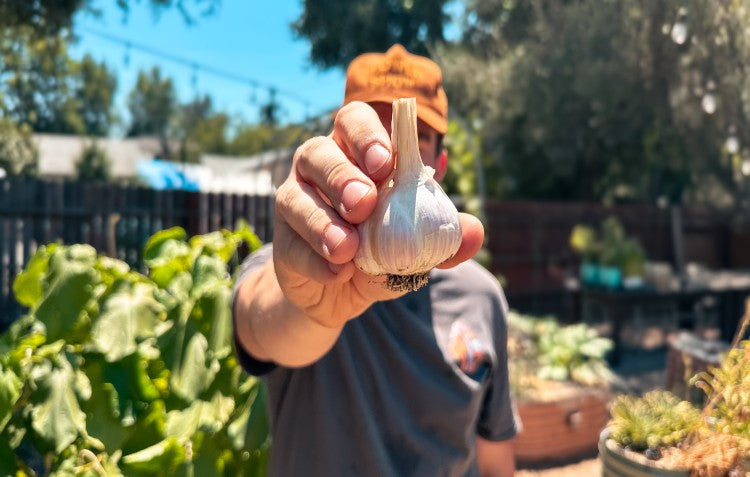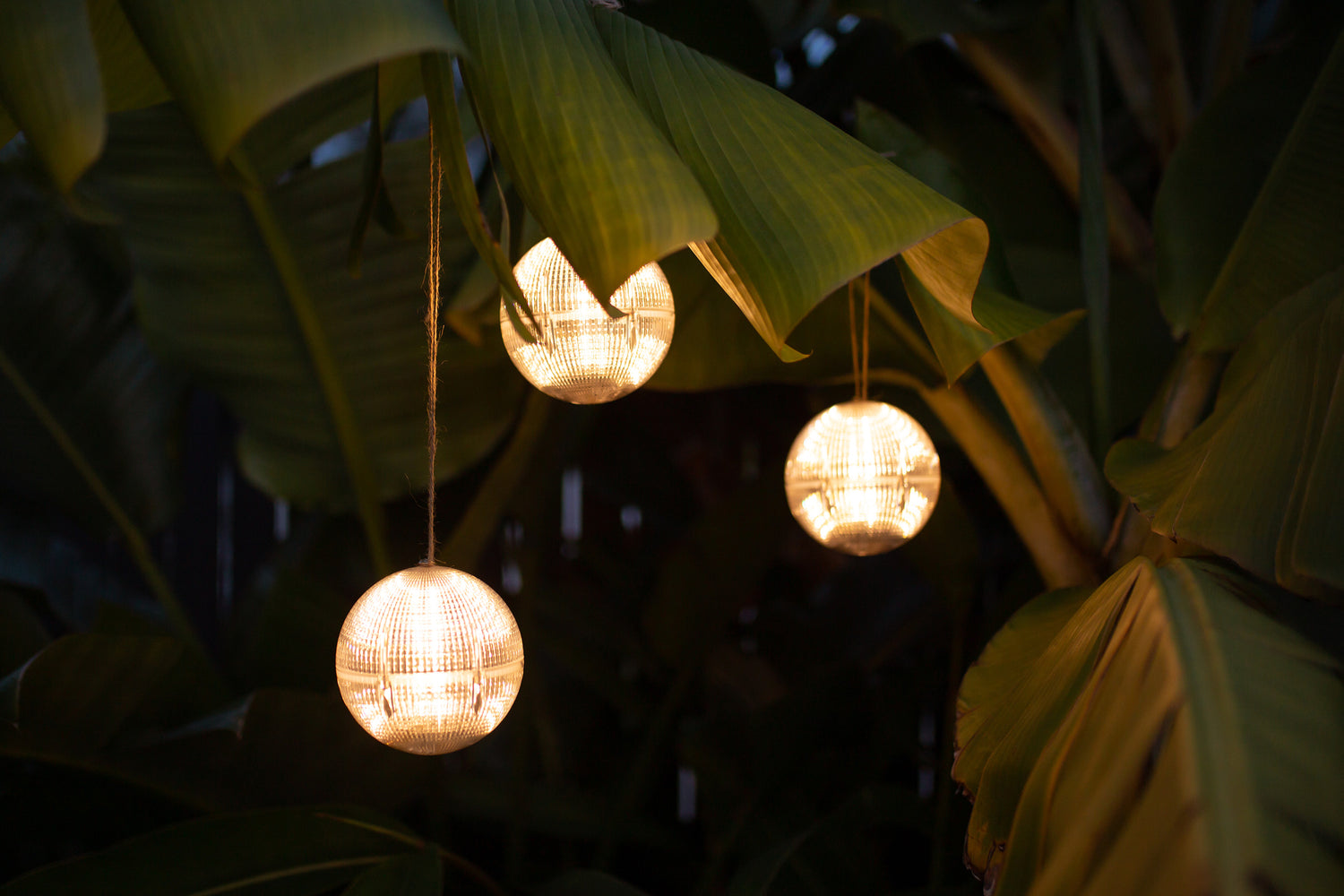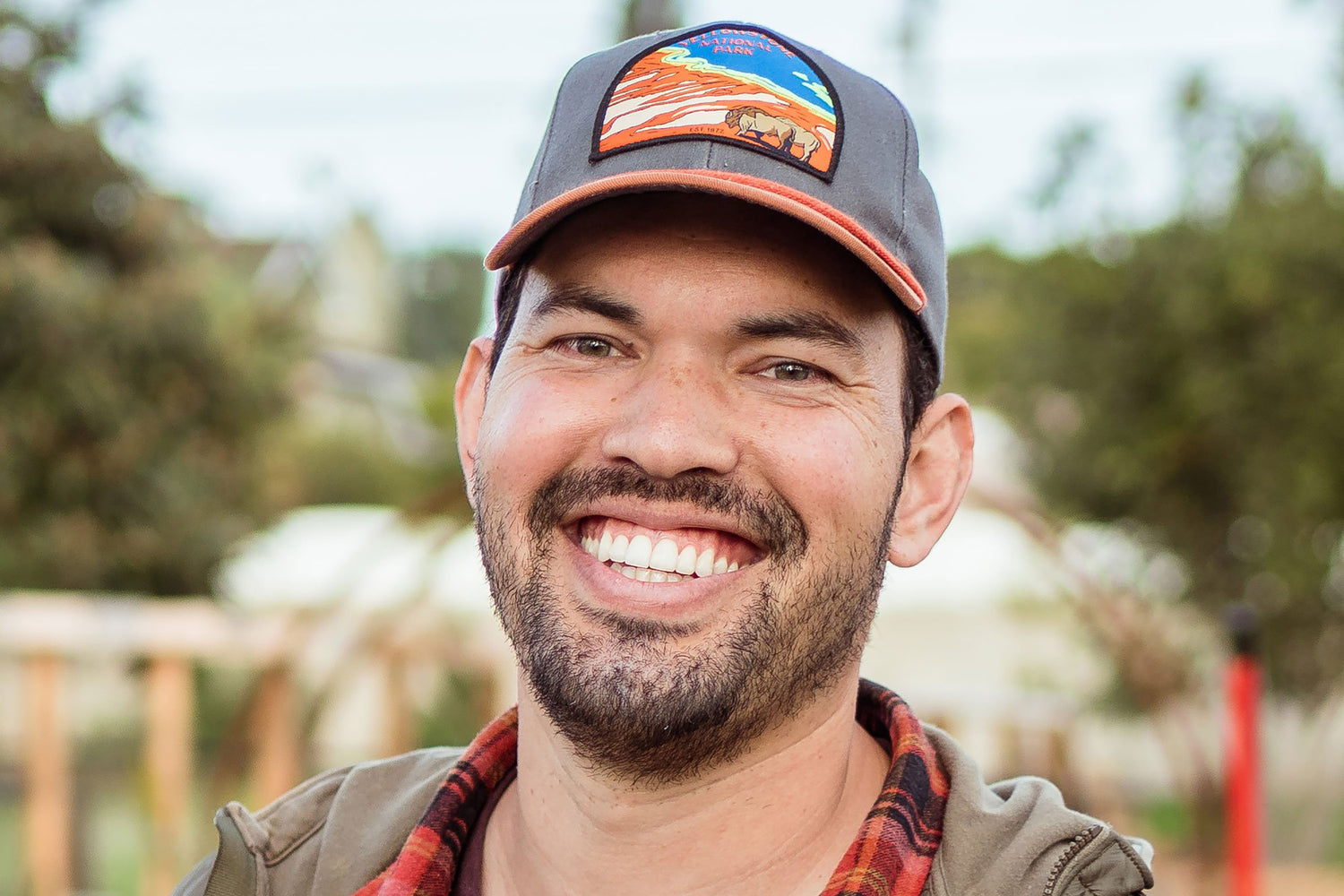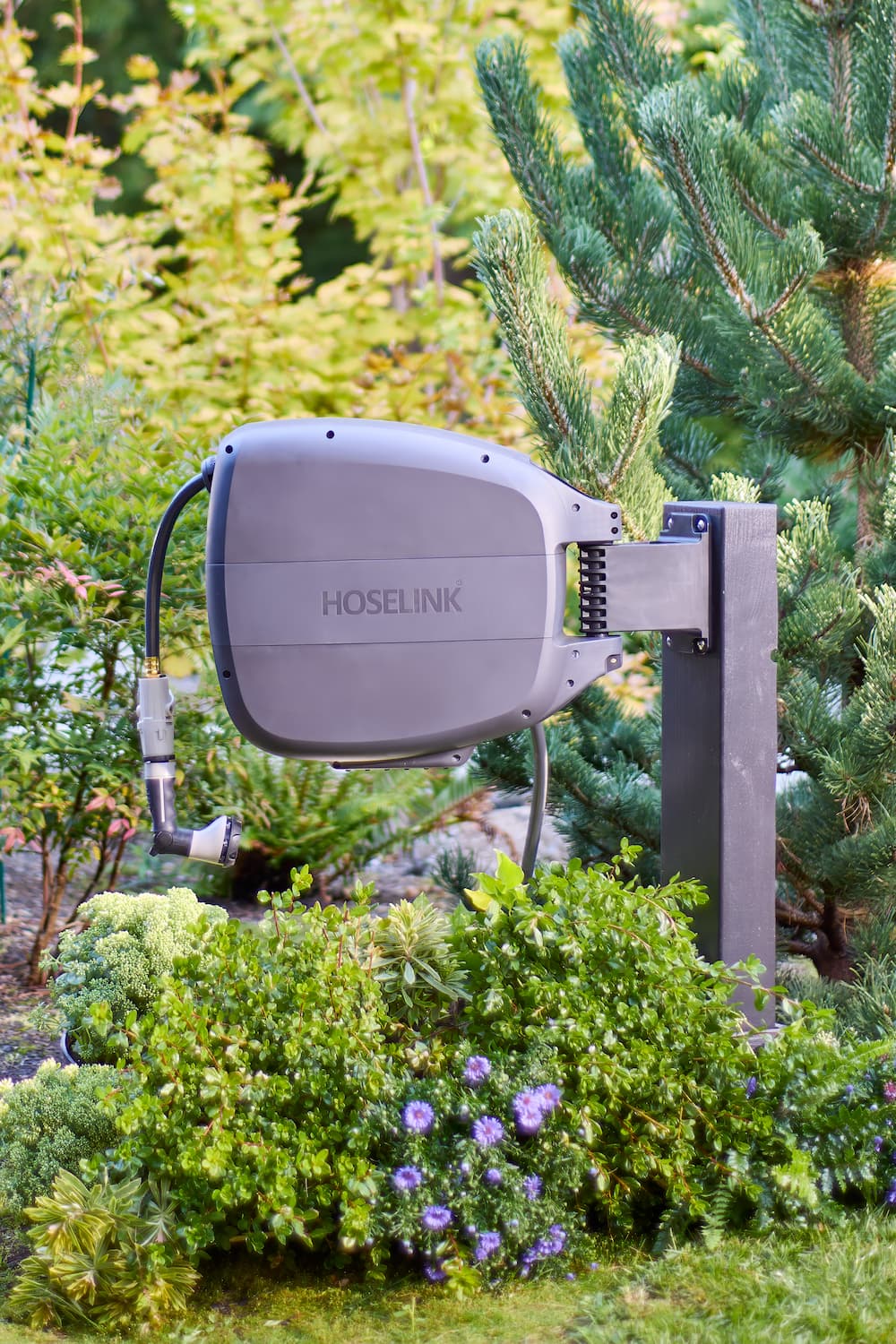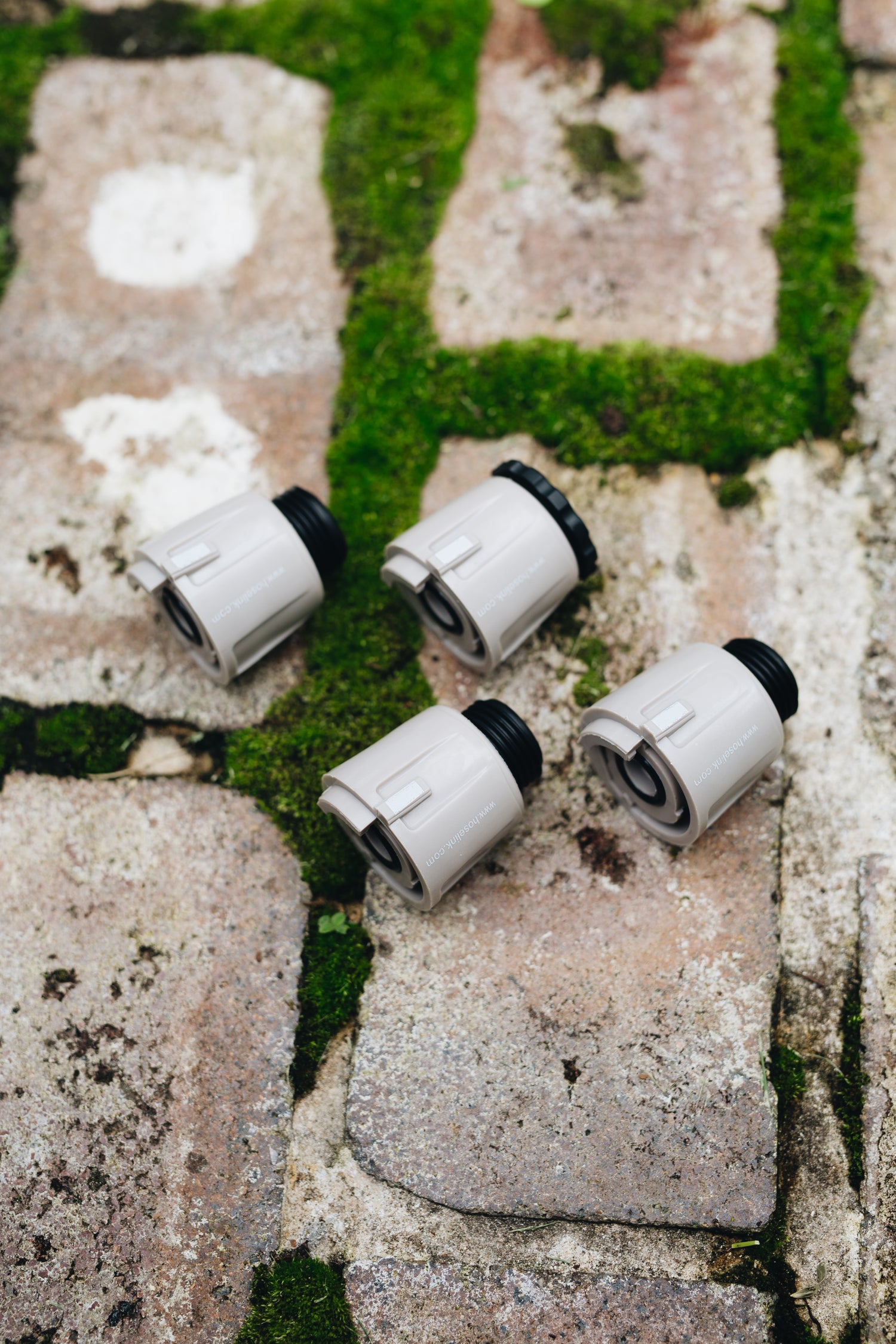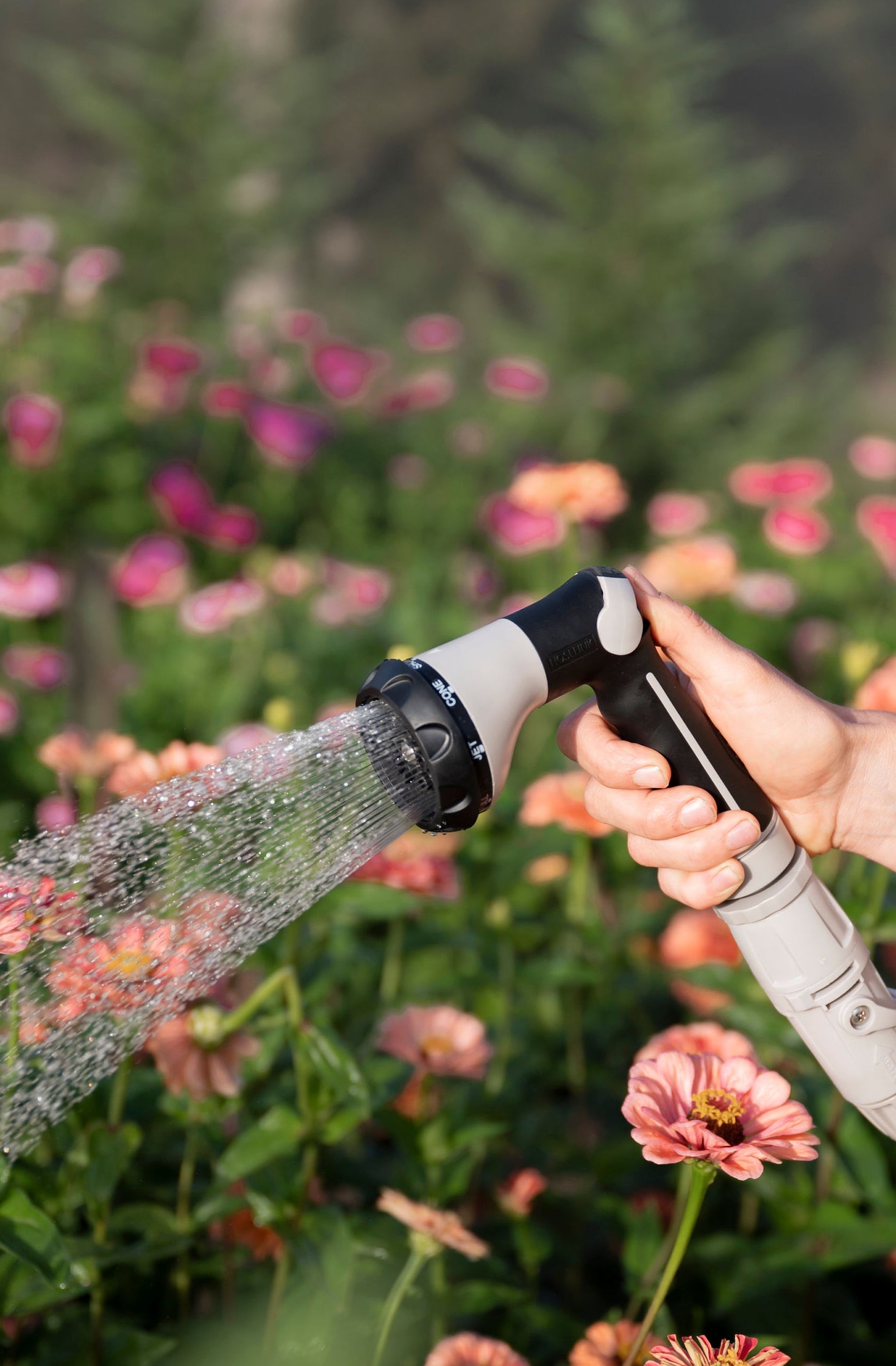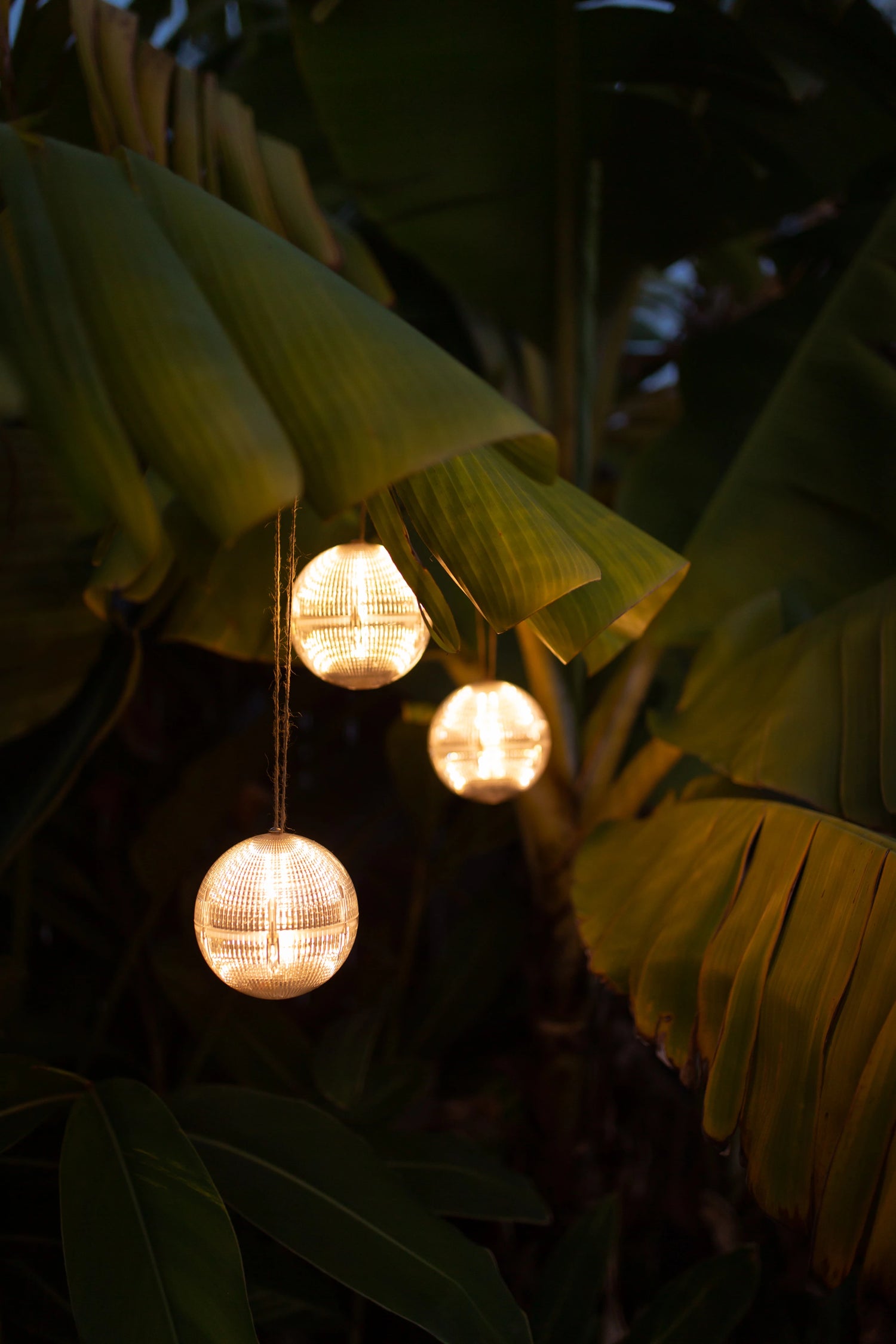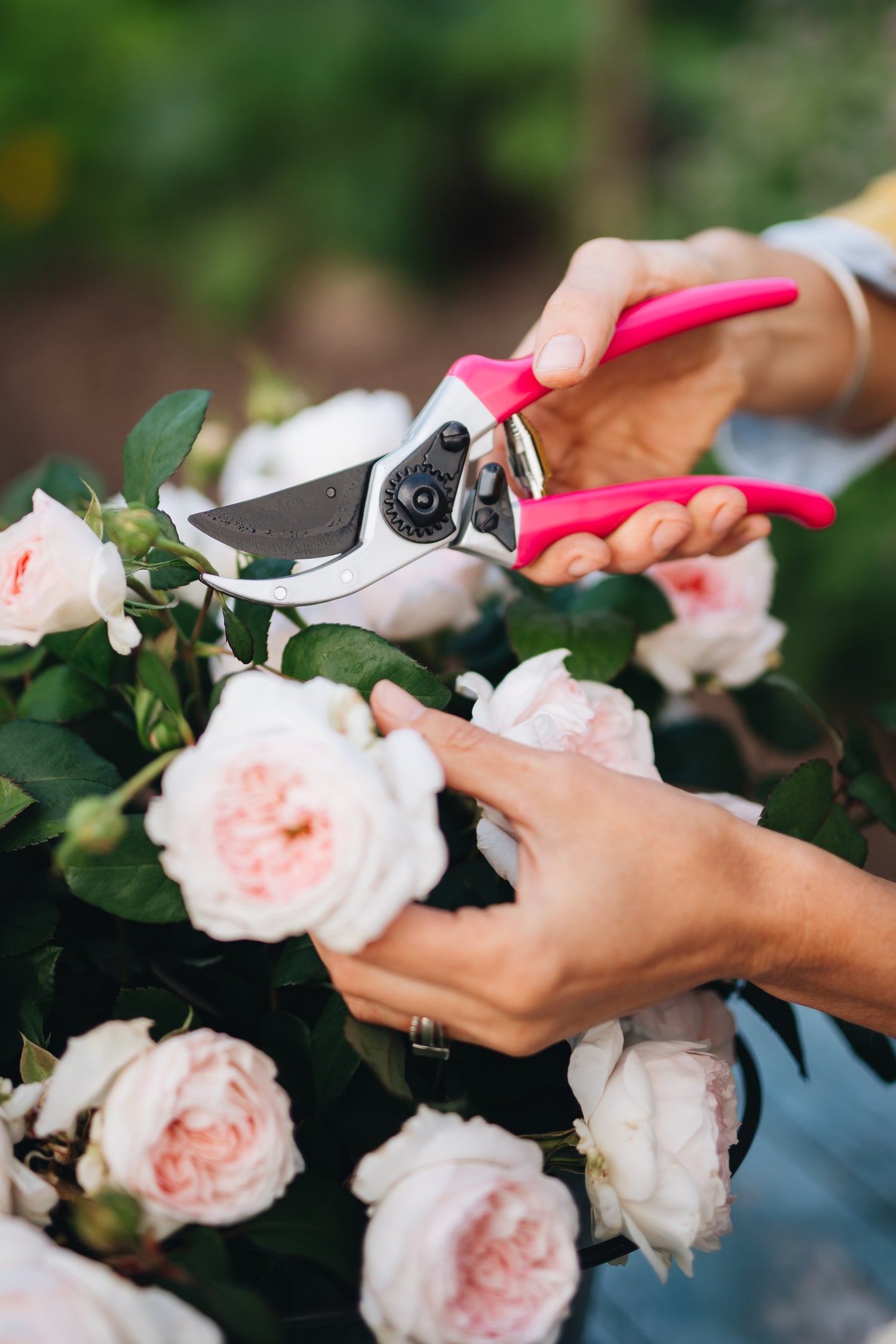August in Zone 10, here in my Southern California garden, is a strange time and place to be. On the one hand, I’m harvesting more tomatoes than I know what to do with (and giving them away). My serranos are blushing red, the jalapeños are crispy and green, the watermelon vines are climbing up their trellises, and the zucchinis and I are playing a game of harvest versus mildew. And yet, amidst all of that, I’m pulling out my seed organizers to start my brassicas, namely kale and Brussels sprouts, my two favorites from the massive brassica family.

The heat hasn’t broken yet, and it won’t until the end of the month, when we hopefully get those first hints of relief, a string of days under the 90s.
So what does that mean for your garden?
Your strategy has to start to shift. It’s no longer just about keeping your summer crops alive. It’s about seeds, looking ahead, making room, and laying the foundation for what comes next.
To that end, I divide my gardening efforts into three distinct but overlapping pillars: maintaining what’s thriving, transplanting short-season crops where space allows, and planning intentionally for the fall garden ahead.
Keeping Summer Strong
Summer is still very much alive in Southern California gardens. Most of what survived the early summer heat is now in full production mode, and your job is to keep it that way.
In my garden, the tomatoes are reaching in every direction. If you’ve let your sucker pruning get away from you (as I have on my Sungolds) then now is the time to catch up, so that you can keep disease at bay and focus the growth for the medium amount of time you have left.

If your peppers are getting a little top-heavy you might need to stake the plants, or just remove a little more fruit than usual. The zucchinis are still growing strong, but they require near-daily attention. As soon as older leaves show mildew, I sanitize my pruners and remove them to keep things under control. If you still haven’t had your fill of summer zucchini you can keep up your daily pruning, but if you need an excuse to cut them down, now is a decent time (before the cool temps make the mildew even worse).
Which leads me to your lesson for this month: knowing when to let go. I recently tore out all my tomatillos after a decent harvest, despite a war with mildew, and some of my cherry tomatoes are next. I have a soft spot for peppers, so those will stay here until they die, but otherwise now is the time to allow yourself to let go of the plants that you’ve had enough of.

But for the plants that you do want to keep? That means watering early in the day, pruning in the cooler hours, and resisting the urge to overload stressed plants with fertilizer. Focus on gentle support: mulch to hold moisture, consistent water, and shade if needed.
Transplanting What You Love
Now that you’ve torn out the overgrown or diseased plants you’ll be faced with a choice - what should you do with empty space?
If your heart and palate still yearn for summer flavors then there are plenty of things you can still grow. Zucchini, cucumbers, small watermelons, eggplant, corn, tomatillos, and smaller tomatoes normally have plenty of time before fall to produce, though it always depends on the variety and the seed packet information.
If you’re a pepperhead like me you can also transplant smaller annuum pepper varieties like jalapeños, serranoes, and shishitos in August, as they tend to get settled quickly and can produce well into October with minimal fuss. Capsicum Chinese peppers like habaneros or reapers, alas, will not have enough time to produce, so dedicate your spicy energy to seedlings in the capsicum annuum family.

Late summer is also a great time to work in another round of herbs. Basil and parsley are obvious choices for summer sauces and salads, while thyme and rosemary are quietly building the backbone of my fall kitchen (and great for drier spots in the garden). I also recently transplanted more mint and chamomile, and so long as they’re in a cooler, more protected area they’ll do just fine through fall.
The key here is restraint and intention. If you want to be done with summer crops, and are excited for the fall, you can chop things down and let the soil rest. Don’t feel like you have to fill every space. If your soil is tired and you’re leaning toward a fall rotation in that bed, give it a break. Mix in some compost, worm castings, and biochar. Keep it somewhat irrigated and mulched, and let the soil prepare for fall. Not every inch needs to be productive right now, and it’s okay to wait a few weeks and come back with a better plan and better timing.
Planning for the Fall Garden
Fall gardening starts in August, whether the temperatures say so or not. The work you put in this month determines how strong your fall garden will be, and how smoothly that seasonal transition happens.
I have a love-hate with brassicas, because in contrast to cooler zones, they have a much harder time growing here, and a much shorter window before bolting, but I love the flavors and sight of them. Kale, cabbage, brussels sprouts, and broccoli are usually my go-tos, though the list of options is long. Start them indoors under lights or on a shaded porch, depending on the weather and light. Timing is everything, because you’ll want those seedlings to be just right when transplanting: big and strong enough to handle the move, small enough to adapt (and not old enough to bolt). While I do also have a seedling tray of flowering perennials started in my garden (that get a lot of sun) this is not the spot for brassicas, as they will grow too quickly or burn to a crisp.

Fall is also prime time for alliums, and while the soil is way too warm to plant garlic and onions, now is the time to start shopping around for seed garlic and onion sets. Maybe it’s just me, but I always love experimenting with different seed companies and varieties, so I try to split my alliums in half - 50% that I know and love and 50% that I want to try.
Short-day onions are the best choice here in Southern California, because by the time the days get long enough to grow long-day varieties it will already be too hot. Similarly, softneck garlic is usually the easier choice as hardneck garlic needs to be pre-chilled in the fridge for 6-8 weeks prior. That being said, I have an absolute blast growing hardneck garlic, so if you want to do that you should be ordering your seed garlic yesterday. Otherwise just get your sets and seeds in the cart, and press order at some point.
The same goes for seed potatoes, if you grow them in the fall. Here, you could technically even plant them now, and get a fall harvest, but they need to be planted in a spot with little to no mid-day sun. Better yet - plant them a little later in the fall, which gives you the time to shop around now.
Speaking of shopping, before you get going on any seed orders, check what you have. Do you still have that packet of fun purple brussels sprouts, or did you share with a garden friend? Similarly, do you want to venture out and try something new? Sure, green broccoli is delicious, but what about purple? All I’m saying is that it could be fun to try.

All of this seed shopping also fits perfectly into your August garden care routine. I try to water and spray in the early morning, prune before 10 a.m., and leave any transplanting to the early evening when the sun has passed. That leaves you the middle of the day to get in your fall garden planning.
Closing Thoughts
August is a balancing act. On one side, you’re still knee-deep in summer - sweating through the harvest, trying to keep everything alive, managing pests and powdery mildew. On the other, you’re quietly laying the groundwork for what’s next - seeding trays of kale, amending tired soil, planning your garlic order. That tension is what makes this month so important. It’s easy to check out or just coast until September, but the gardeners who thrive in the fall are the ones who stay focused now.

So walk your garden. Notice what’s thriving, and let go of what’s not. Plant the quick-growing summer varieties that you love, or just let the space rest. When the heat starts to ease up, and it will, you’ll already be in rhythm with the season ahead.
Let this be the month where you both harvest, and imagine. Where you pull one crop and start another. Where your hands are in the dirt, but your mind is a few weeks ahead. That’s the magic of August, and that’s how you keep growing.

